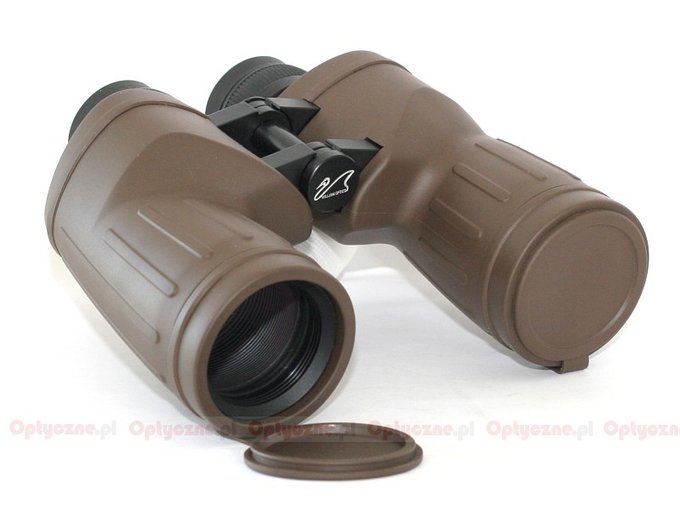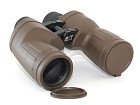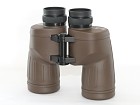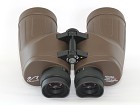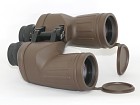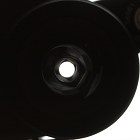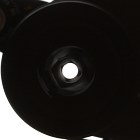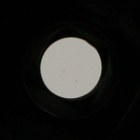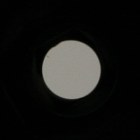William Optics 10x50 ED
The WO 10x50 ED is equipped with huge BaK-4 prisms and a very solid casing - these features entail big dimensions and weight. The instrument features also an individual focusing system.
| Magnification | Lens diameter | Angular field of view | Prisms | Eye relief | Weight | Price |
|---|---|---|---|---|---|---|
| 10 | 50 | 114/1000(6.5o) | BaK-4/Porro | 19 mm | 1600 g | 1349 PLN |
Summary
Pros:
- huge, in fact armoured casing giving an impression of indestructible,
- good blackening and cleanliness inside,
- very low coma,
- low astigmatism,
- good whiteness rendition,
- chromatic aberration well controlled although you could demand more from ED glass,
- very high class of prisms and antireflection coatings,
Cons:
- very heavy,
- big minimum focus distance,
- just one year of guarantee,
- visible distortion,
Another interesting pair of binoculars, which didn’t take part in our 10x50 binoculars’ test because it was simply not available on the market. It is yet another instrument about which my feelings are mixed. Its score on the absolute scale, amounting to almost 129 points out of 170, is undoubtedly praiseworthy, especially if you take into account the fact that this set of binoculars costs just 300 USD. It’s enough to glance at our binoculars’ ranking, which is generated systematically, to see that the WO 10X50 occupies the fifth place and is the cheapest device in the first fives group at the same time. Such a high position is due to its outstanding build quality and good optical properties.
On the other hand, though, it is worth noticing that the Fujinon 10x50 FMTR-SX so the binoculars the WO 10X50 ED has been modelled after, fares much better in that ranking. What’s more, the Fujinon is able to win with the WO even without ED glass in its objective lenses. You can draw an obvious conclusion that not only objective lenses are responsible for the quality of images. In 10x50 instruments, equipped with wide angle eyepieces which had an apparent field at the level of 65 degrees, exactly these parts determine the image quality at the edge of the field; in that place many aberrations, like chromatic aberration, coma, astigmatism, vignetting or distortion, make themselves felt. It can be clearly seen that the build quality of the Fujinon’s wide angle eyepieces is definitely higher than that of the WO so practically in all optical categories the Fujinon fares more or less distinctly better, achieving the final score by 14 points higher than that of the WO.
For the same reason we are not surprised that the WO 7x50 ED model, tested not so long ago, performed very well. The constructors didn’t have to use wide angle eyepieces there so they manage their job better as a result.
The WO 10x50 ED has several flaws and you must count its significant weight, short guarantee period, distinct distortion, chromatic aberration, too high for ED glass, big minimum focus distance or slightly truncated exit pupils among them. It is worth remembering, though, that these disadvantages aren’t very serious and the tested binoculars’ result puts it on a higher position than as praised instruments as the Minolta Activa and the Nikon Action EX. We can turn a blind eye to its defeat at the hands of the Fujinon because, after all, the WO costs two times less.




